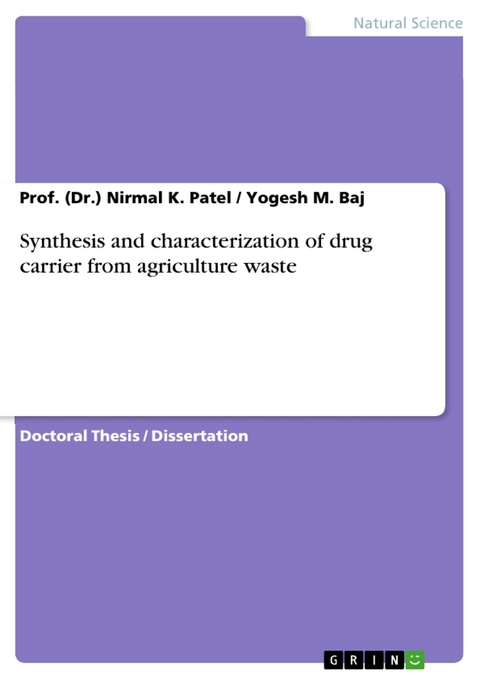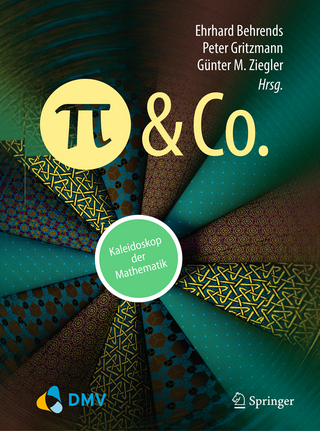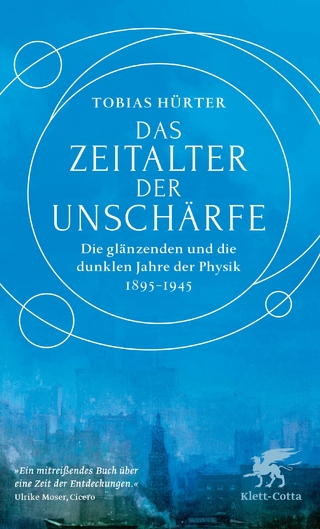
Synthesis and characterization of drug carrier from agriculture waste
Seiten
2022
|
1. Auflage
GRIN Verlag
978-3-346-78824-5 (ISBN)
GRIN Verlag
978-3-346-78824-5 (ISBN)
- Titel nicht im Sortiment
- Artikel merken
Doctoral Thesis / Dissertation from the year 2022 in the subject Chemistry - Other, , language: English, abstract: The uitilization of agriculture waste can serve as a most effective tool to get a better return of the entire produces, to avoid wastage at production as well as distribution centers and can be a useful factor for farmers and traders to gain more economic returns from those produces. Recycling agriculture waste in the innovative ways is an important means of utilization yielding the new products as well as meeting the requirements of an essential product for mankind and in pharmaceutical industry.
India having varied climatic zones makes farmers amenable growing an array of horticultural and agri-products. The crops comprise pulses, fruits, cereals, vegetables, tuber and root crops, cotton, ornamental plants, spices, aromatic and medical plants, condiments, mushroom, plantation crops and tobacco due to the varied climatic zones. In India agriculture sector contributes 17% of total GDP with the approx. 1/2 of total population employment. Conversely, due to the under development,
potentiality of the sector is not been tapped. In the survey it has been identified that around 30 – 40 % of the total agri-products due to handling and post-harvest infectiveness is been wasted.
Cellulose and nicotine derived from the tobacco waste can be utilized inwide-ranging at pharmaceutical industries; from which nicotine has certain negative aspects like nervousness, headache and ear pounding, but nicotine can be converted into active pharmaceutical ingredients while cellulose can be better derivative to be utilized as drug carrier in pharmaceutical industries. In present study researcher present suggested measures of tobacco-waste utilization for extraction of nicotine and cellulose followed by synthesis of nicotinic acid, nicotine picrate form extracted nicotine and extracted cellulose was converted in to sodium cellulose sulphate further which was grafted with acrylic amide to enhance its physiyo-chemical properties as drug carrier further grafted sodium cellulose sulphate was utilized in tablet formulation as drug carrier and dissolution study was carried for evolution of tablet,derived derivatives were characterized by FTIR, Mass spectra, NMR, TGA, SEM XRD, PSD.
India having varied climatic zones makes farmers amenable growing an array of horticultural and agri-products. The crops comprise pulses, fruits, cereals, vegetables, tuber and root crops, cotton, ornamental plants, spices, aromatic and medical plants, condiments, mushroom, plantation crops and tobacco due to the varied climatic zones. In India agriculture sector contributes 17% of total GDP with the approx. 1/2 of total population employment. Conversely, due to the under development,
potentiality of the sector is not been tapped. In the survey it has been identified that around 30 – 40 % of the total agri-products due to handling and post-harvest infectiveness is been wasted.
Cellulose and nicotine derived from the tobacco waste can be utilized inwide-ranging at pharmaceutical industries; from which nicotine has certain negative aspects like nervousness, headache and ear pounding, but nicotine can be converted into active pharmaceutical ingredients while cellulose can be better derivative to be utilized as drug carrier in pharmaceutical industries. In present study researcher present suggested measures of tobacco-waste utilization for extraction of nicotine and cellulose followed by synthesis of nicotinic acid, nicotine picrate form extracted nicotine and extracted cellulose was converted in to sodium cellulose sulphate further which was grafted with acrylic amide to enhance its physiyo-chemical properties as drug carrier further grafted sodium cellulose sulphate was utilized in tablet formulation as drug carrier and dissolution study was carried for evolution of tablet,derived derivatives were characterized by FTIR, Mass spectra, NMR, TGA, SEM XRD, PSD.
Prof. (Dr.) Nirmal K. Patel have more than twenty years of experience in both academic and industry. He published more than fifty research papers in reputed national and international journals. Prof. Nirmal guided ten research students for Ph.D. degree and more than fifty scholars for their post graduate dissertation project works. He is an author of two books and five book chapters.
| Erscheinungsdatum | 18.01.2023 |
|---|---|
| Verlagsort | München |
| Sprache | englisch |
| Maße | 148 x 210 mm |
| Gewicht | 382 g |
| Themenwelt | Sachbuch/Ratgeber ► Natur / Technik ► Naturwissenschaft |
| Naturwissenschaften ► Chemie ► Allgemeines / Lexika | |
| Schlagworte | Cellulose • Cellulose Derivatives • drug carrier • in vitro drug release study • Nicotine • nicotinic acid |
| ISBN-10 | 3-346-78824-5 / 3346788245 |
| ISBN-13 | 978-3-346-78824-5 / 9783346788245 |
| Zustand | Neuware |
| Haben Sie eine Frage zum Produkt? |
Mehr entdecken
aus dem Bereich
aus dem Bereich
Die glänzenden und die dunklen Jahre der Physik 1895-1945
Buch | Softcover (2023)
Klett-Cotta (Verlag)
14,00 €
wie sie denkt, fühlt und Probleme löst
Buch | Hardcover (2024)
Folio (Verlag)
26,00 €


